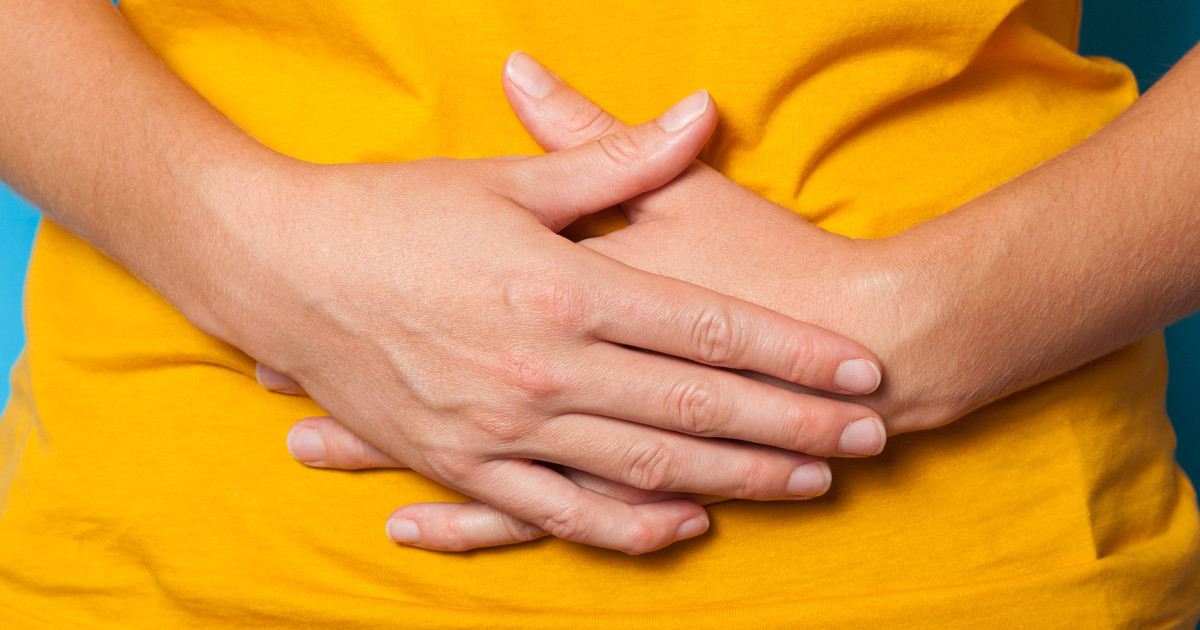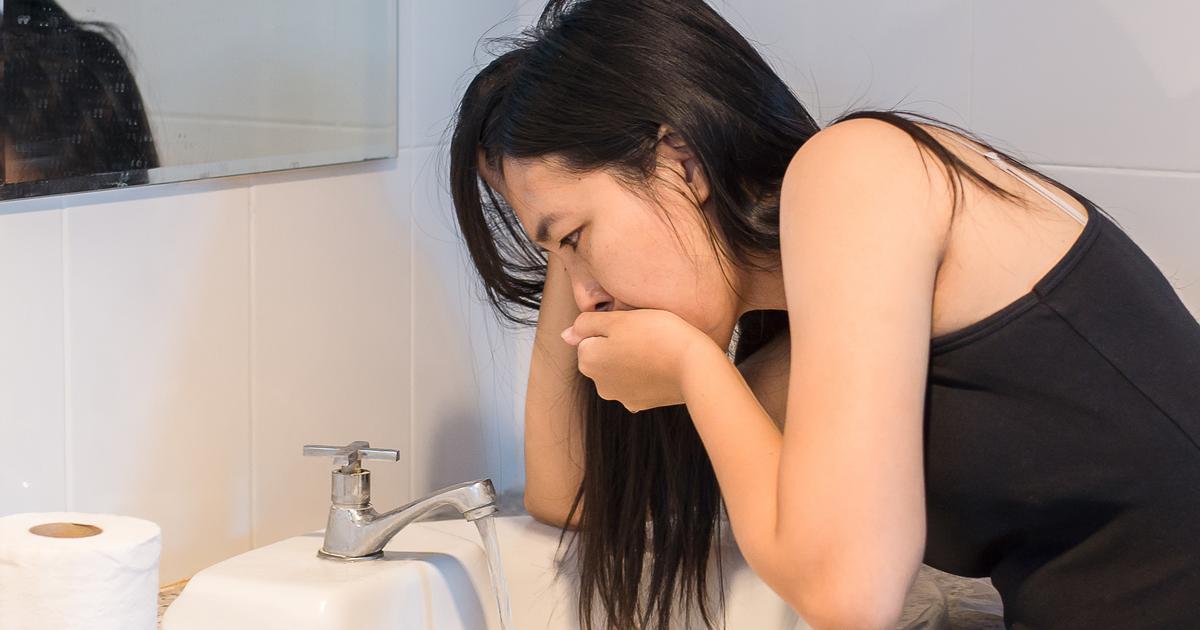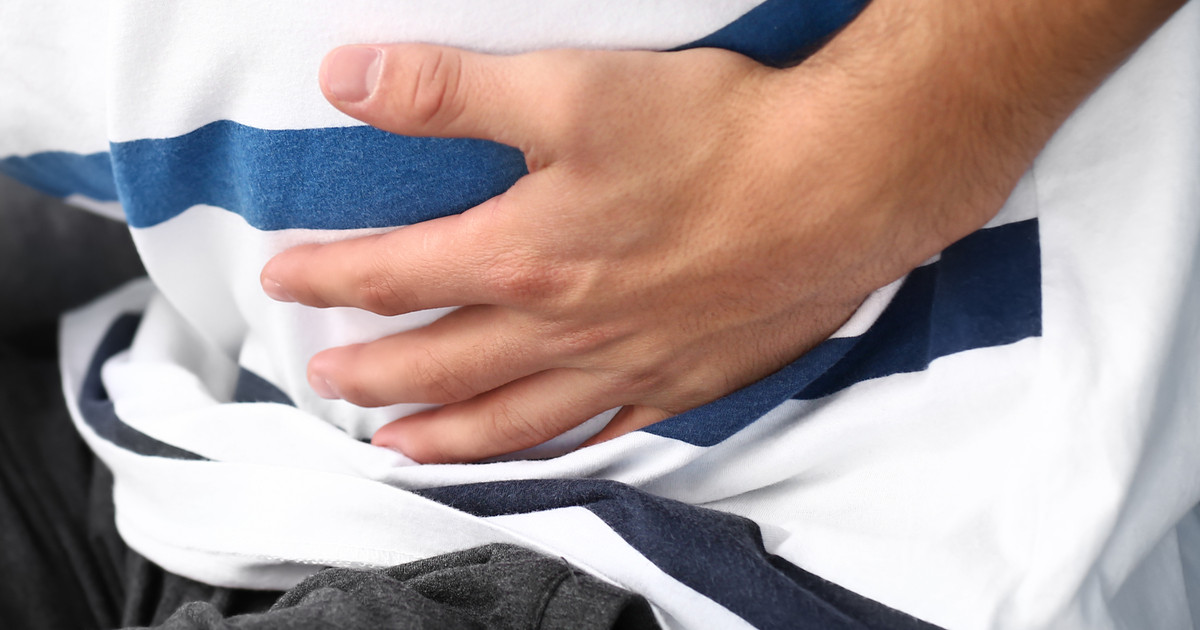Guide To The Symptoms Of A Gallbladder Attack
A gallbladder attack occurs when gallstones block the bile duct. This prevents bile from flowing out of the duct and causes the gallbladder to spasm. When this happens, the patient experiences severe pain that may feel like a heart attack. Gallbladder attacks occur in roughly one-third of patients who have gallstones. These attacks are considered medical emergencies. Patients should go to the emergency room right away if they experience symptoms of a gallbladder attack. An abdominal ultrasound may be performed to identify gallstones quickly. Patients may also need to have a CT scan, a HIDA scan, or an abdominal x-ray. Blood tests help check the patient's liver function.
Patients will receive pain and nausea medication at the hospital. This helps keep them comfortable while doctors conduct the mentioned tests. Ursodeoxycholic acid (ursodiol) may be prescribed to dissolve small gallstones. Ultimately, the major goal is to achieve gallbladder pain relief. Gallbladder attack treatment at a hospital usually manages this. Of course, doctors may recommend gallbladder removal as a treatment for repeated gallbladder attacks. However, patients need to understand the symptoms of these attacks first.
Intense And Persistent Abdominal Pain

Usually, intense and persistent abdominal pain is the first symptom of a gallbladder attack. The pain starts in the upper right abdomen, and can be felt high up in the center of the abdomen. As the gallbladder attack progresses, the pain may move to the area between the shoulder blades or the right shoulder. Most patients describe the pain of a gallbladder attack as a sharp, stabbing pain. The pain begins suddenly, and it can last for several hours. The patient may have trouble sitting still because of the severity of the pain. Abdominal tenderness could be present as well.
In general, the pain associated with gallbladder attacks does not change or get worse with movement. If a gallbladder attack is confirmed, patients will be given strong pain medication at the hospital to ease their symptoms. They may need to continue to take pain relievers to manage gallstone pain after returning home.
Fever And Chills

A low-grade fever may be present during a gallbladder attack. This symptom also occurs in approximately one-third of patients with gallbladder disease. Currently, doctors define a low-grade fever as a temperature that is between 100.4 and 102.2 degrees Fahrenheit. If both fever and chills are present in a gallbladder attack, this could be a sign of a bacterial infection in the patient's gallbladder. Patients with chills could experience shaking too. A high fever could occur if an individual has an inflamed gallbladder. This is one of the potential complications of a gallstone attack.
During hospital treatment for a gallbladder attack, doctors will measure the patient's temperature and other vital signs and recheck them regularly. Patients should let their medical team know if they experience chills or shaking. Depending on the patient's temperature, doctors may administer fever-reducing medication. They may recommend applying a cool cloth to the face or removing some clothing to reduce body temperature naturally.
Nausea and Vomiting

Since the bile duct is blocked during a gallbladder attack, the body is unable to break down fats. This could trigger nausea and vomiting. The pain of the attack could exacerbate these symptoms. Nausea and vomiting are more likely to occur during the early stages of a gallbladder attack. Patients should seek emergency care if these symptoms are present. Doctors need to know when the symptoms began. They will also ask the patient how long the symptoms have lasted. Patients may want to let the medical team know how many episodes of vomiting they have had, and it is beneficial for staff to know if the patient has been able to keep liquids down. At the hospital, patients may be given injections to help reduce nausea. Symptoms usually subside once the gallbladder attack has passed.
Abdominal Tenderness

Abdominal tenderness is another symptom of a gallbladder attack. It is particularly common when the attack has resulted in gallbladder inflammation (cholecystitis). This complication occurs when gallstones get stuck at the neck of the gallbladder. An abdominal examination may be used to assess tenderness. First, doctors will lightly feel the patient's entire abdomen, noting any areas of pain or swelling. Next, they will use firm pressure to feel their abdomen a second time. Pain and tenderness associated with this complication are most likely to be located in the upper right quadrant or the middle of the abdomen. Doctors will ask the patient whether the pain is dull or sharp. It is also useful for the medical team to know if the patient is experiencing tenderness in their upper back or right shoulder. Doctors may examine these areas too. They start by performing an abdominal ultrasound or an abdominal CT scan to investigate the patient's symptoms more closely.
Patients may need to have magnetic resonance cholangiopancreatography, a type of MRI scan that shows gallbladder inflammation, to confirm gallbladder inflammation. Hepatobiliary nuclear imaging may be used to confirm that the patient's cystic duct is blocked. This duct is blocked in cases of acute gallbladder inflammation. Doctors may recommend that patients follow a low-fat diet as a treatment. Fasting may be considered so that the gallbladder can rest. Patients may need to take antibiotics as well. In certain cases, surgery to remove the gallbladder may be recommended, and doctors may also consider draining bile from the gallbladder.
Dark Urine

Dark urine could occur when a gallbladder attack continues without treatment for several hours. Typically, this symptom develops in the later stages of an attack. In some instances, it may indicate acute cholecystitis. The patient's urine may appear dark brown, the color of tea, or bright yellow. These discolorations are signs that gallstones are blocking the bile duct, and they develop when bile pigment forms in the gallbladder.
Most patients find that their urine returns to its normal color with successful treatment for acute cholecystitis and a gallbladder attack. Treatment requires hospitalization so that patients can receive intravenous antibiotics. Doctors may discuss surgical options with patients to prevent another gallbladder attack and the complication of acute cholecystitis. Patients are allowed to continue their recovery at home after their infection has resolved.
